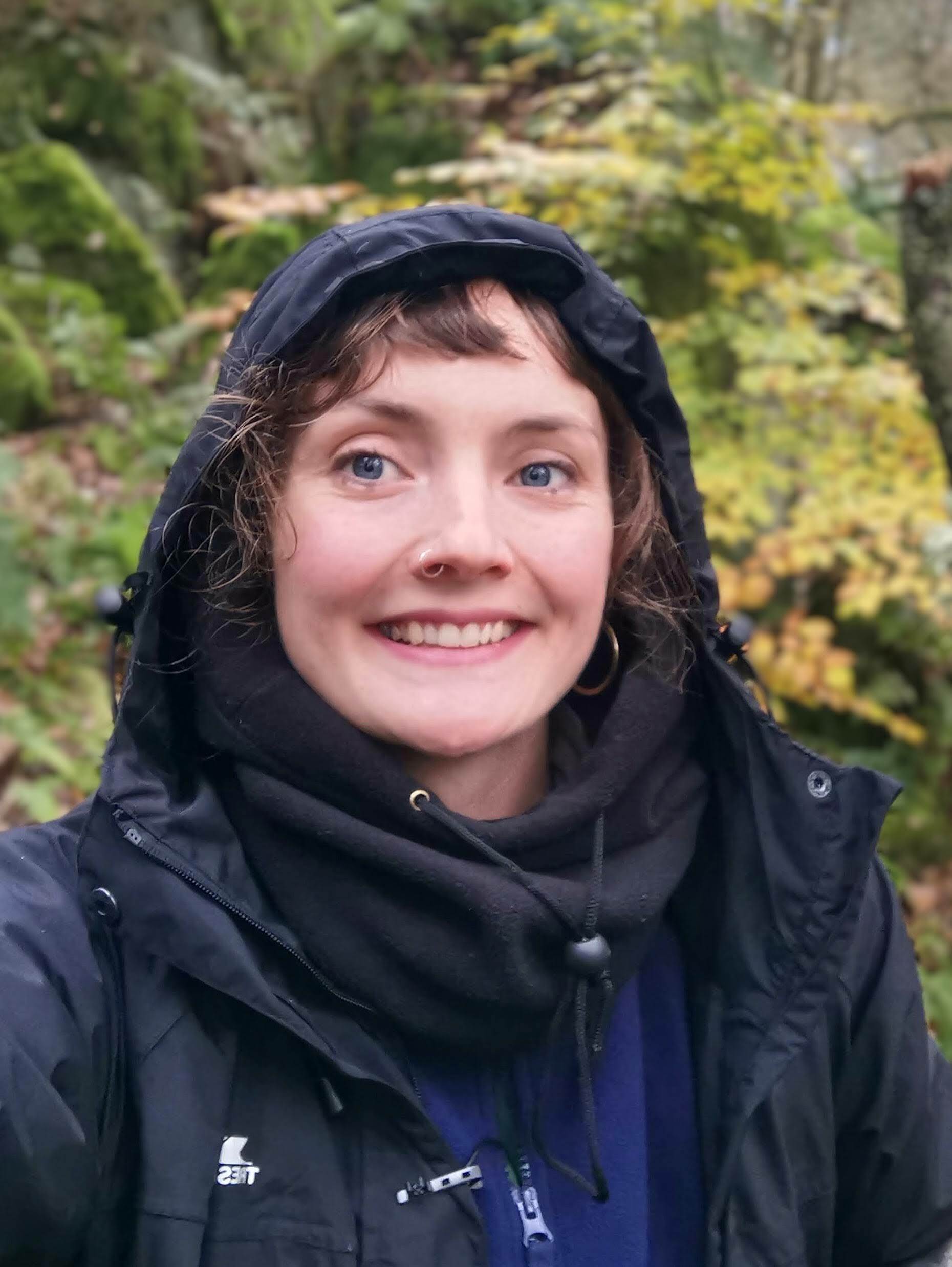November 2023
It might be almost imperceptible to many, but there is a buzz of activity and expectation rippling across the counties of England at the moment. This is because, after an extended period of preparation and planning, the Local Nature Recovery Strategies (LNRSs) are beginning in earnest.
We’re aiming to help LNRS users navigate the world of plant and fungi conservation and see how this can support wider action for nature, people and our climate.
A legal requirement for nature
These strategies were laid out in the Environment Act 2021, which states that a Responsible Authority from each county will be tasked with mapping and prioritising high value sites for wildlife for that LNRS region. The main output of the LNRSs will be a locally-owned and informed map which will identify priority sites for connecting, enhancing and restoring nature. For more information on what these strategies are, and what they intend to do, see earlier blog.
Because the LNRSs will steer conservation action and target public and private funding going forward, it’s essential that we get them right. With the State of Nature Report showing nearly 1 in 5 plant species are threatened with extinction, we need to see wildlife recovering and flourishing in every local area.
We know that too many people feel alienated from decision-making processes around local ecosystems. By actively and inclusively involving a wide range of stakeholders in strategy design, the LNRSs will enable more communities to understand, and take responsibility for, the nature on their doorstep.
Making the most of wild plants and fungi
Amidst all this activity, Plantlife is spreading the word that prioritising and recovering wild plants and fungi within the LNRSs will deliver the enormous knock-on-benefits for all species. Diverse and species-rich plant habitats are better able to deliver essential ecosystem services and function as irreplaceable nature-based solutions to the environmental and societal challenges that we face today.
Plants and fungi too often get thought of as a green background or simply fodder for animals, but they are dynamic, responsive networks which provide the foundation for all habitats and ecosystems.
So, what are we recommending to make LNRS work for wild plants and fungi?
You can find our guidance document here, which also signposts to the information on the types of botanical data that Plantlife can provide to help Responsible Authorities understand the hotspots of botanical diversity in each area.
Coming together
There is an understanding among species specialist NGOs that the LNRSs have a sizeable task ahead of them in terms of species data collection and use. This is why it’s so important to make sure that knowledge sharing between LNRSs is as streamlined as possible.
Our guidance will be shared alongside other recommendations from conservation organisations such as Buglife and the Woodland Trust , to make sure that the LNRSs are equipped with all the knowledge they need to be ecological success stories.
Building on our taxonomic specialisms, Link members and other NGOs must continue to come together to stand up for the natural world as a system. The sooner we start seeing the positive impacts of the LNRSs across that system, the better the chance we have of securing a future for all species.
Read the full Plantlife guidance document here: How to Design your LNRS to Deliver for Plants and Fungi (plantlife.org.uk).
Meg Griffiths is Conservation Officer - Species Recovery at Plantlife.
You can follow Plantlife on Twitter here and Link here.
The opinions expressed in this blog are the authors' and not necessarily those of the wider Link membership.

Latest Blog Posts